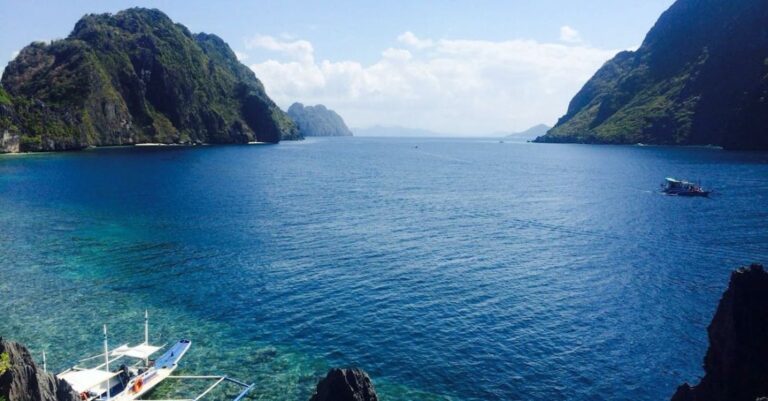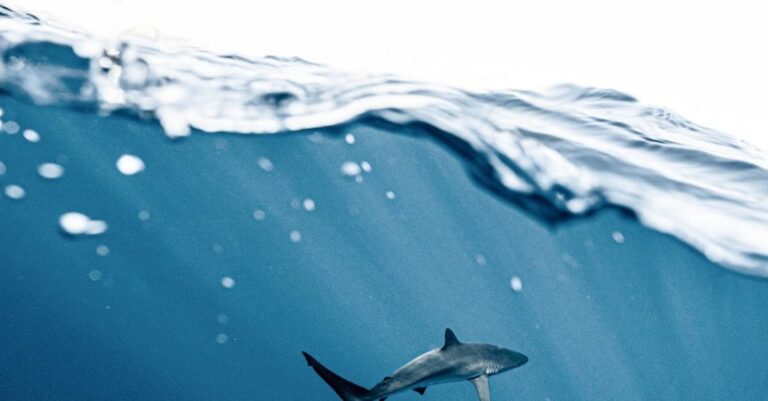
**Preserving the Pristine: How Tourism Impacts Galapagos Habitats**
The Galapagos Islands are a natural wonder, renowned for their unique biodiversity and pristine ecosystems. Home to an array of species found nowhere else on Earth, these islands have long captivated the imagination of travelers seeking a glimpse into the natural world at its most raw and unspoiled. However, as tourism to the Galapagos has increased in recent years, the delicate balance of these habitats has come under threat. The impact of tourism on the Galapagos habitats is a topic of ongoing concern, as efforts to balance conservation with economic development continue to evolve.
**Ecological Footprint of Tourism**
The influx of tourists to the Galapagos Islands has undoubtedly left its mark on the fragile habitats that make this archipelago so unique. The sheer number of visitors, coupled with the infrastructure needed to support them, has placed a strain on the delicate ecosystems of the islands. From the construction of hotels and resorts to the increase in waste generation, the ecological footprint of tourism in the Galapagos is a significant concern for conservationists.
One of the most pressing issues is the introduction of invasive species through tourism. Non-native plants and animals brought in inadvertently by visitors can disrupt the delicate balance of the Galapagos ecosystems, outcompeting native species for resources and leading to habitat degradation. Invasive species pose a serious threat to the unique flora and fauna of the islands, and efforts to control their spread are ongoing.
**Sustainable Tourism Practices**
In response to these challenges, efforts have been made to promote sustainable tourism practices in the Galapagos Islands. Strict regulations are in place to limit the number of visitors to certain areas, helping to reduce the impact on sensitive habitats. Tour operators are required to follow guidelines aimed at minimizing their ecological footprint, such as avoiding disturbing wildlife and properly disposing of waste.
Educational programs for tourists have also been implemented to raise awareness about the importance of conservation in the Galapagos. By educating visitors about the fragility of the ecosystems they are exploring, these programs aim to foster a greater sense of responsibility and respect for the natural world.
**Community Involvement and Conservation Efforts**
Local communities play a crucial role in the conservation of the Galapagos habitats. Through sustainable tourism initiatives, community members are able to benefit economically from the influx of visitors while also working to protect the natural environment. Community-based conservation projects help to ensure that the needs of both people and wildlife are taken into account, promoting a harmonious relationship between humans and nature.
Conservation efforts in the Galapagos also extend to research and monitoring programs aimed at better understanding and preserving the unique ecosystems of the islands. Scientists and conservationists work tirelessly to study the impacts of tourism on the habitats of the Galapagos, using their findings to inform management strategies and policy decisions.
**Balancing Conservation and Development**
Finding a balance between conservation and economic development in the Galapagos Islands is a complex and ongoing challenge. As one of the most biodiverse regions in the world, the Galapagos are a treasure trove of unique species and habitats that must be protected for future generations. By promoting sustainable tourism practices, engaging local communities, and investing in conservation efforts, we can help ensure that the Galapagos habitats remain intact for years to come.
**In Summary**
The impact of tourism on the Galapagos habitats is a multifaceted issue that requires careful consideration and proactive measures to address. By fostering a greater sense of environmental stewardship among visitors, promoting sustainable tourism practices, and engaging local communities in conservation efforts, we can work towards preserving the pristine beauty of the Galapagos Islands for generations to come. Balancing the needs of both people and wildlife is key to ensuring that this unique archipelago remains a beacon of biodiversity and natural wonder in the years ahead.





